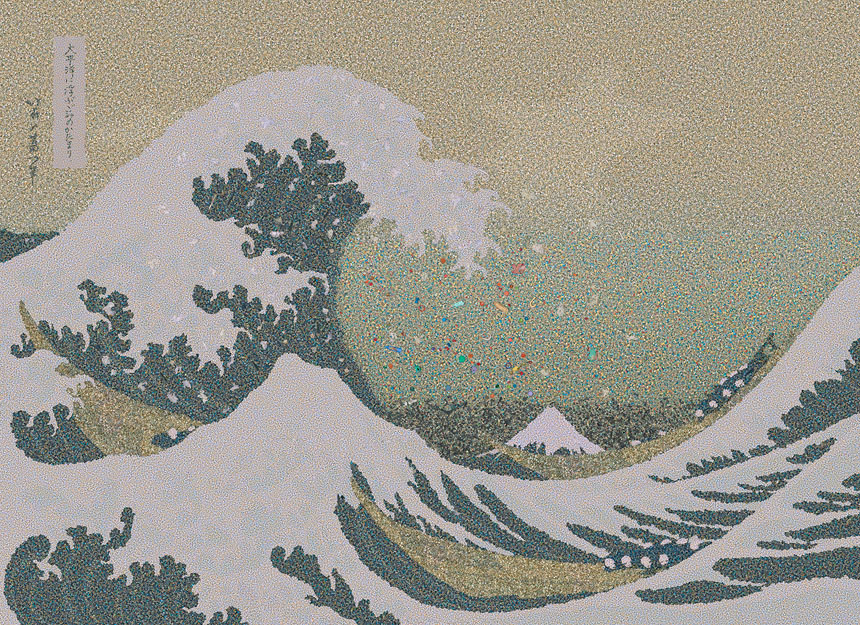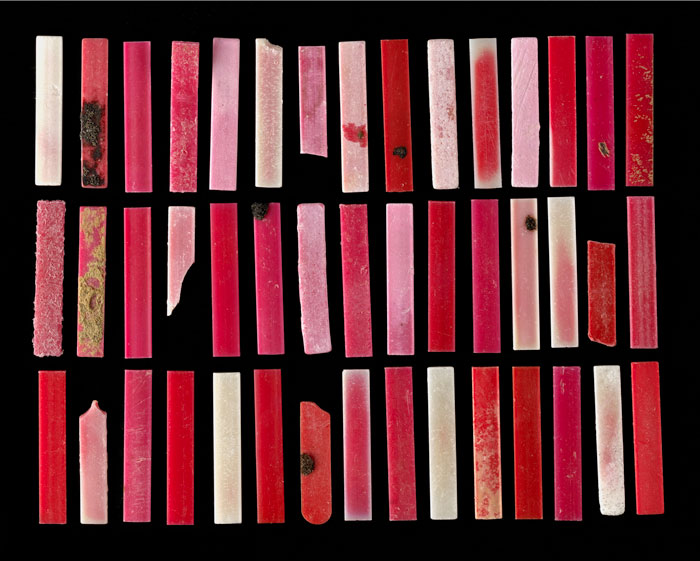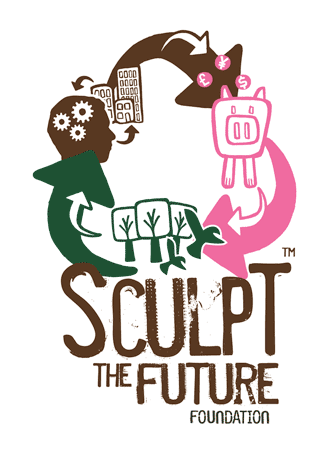Gyre

Depicting the scale of mass human consumption in his series of photos ‘Running the Numbers I and II: portraits of global mass culture’ Chris Jordan stretches our ability to conceive of this mad reality. More sculptural than photographic, the work is meticulous and the results poetic and startling. His ability to elevate statistics to fine art is a unique and powerful reminder of the continuing relevance of art in communicating the impact we are having on the planet. Gyre,pictured, depicts 2.4 million pieces of plastic, equal to the estimated number of pounds of plastic pollution that enter the world’s oceans every hour. All of the plastic in this image was collected from the Pacific Ocean, and when you zoom in on the image you can see every one.


